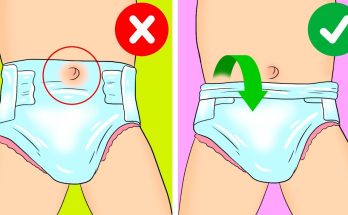Between 3 and 9 months, babies go through big changes in how they sleep. Their sleep cycles begin to mature, their need for nighttime feedings may decrease, and they start to form habits—both good and bad. For many parents, this stage is both exciting and exhausting. Here are some practical, gentle tips to help your baby (and you!) get better sleep during this important period of growth.
💤 1. Establish a Consistent Bedtime Routine
One of the most helpful things you can do for your baby is to create a predictable bedtime routine. Babies thrive on consistency. A simple routine may include:
-
A warm bath
-
Quiet cuddle time
-
A short lullaby or book
-
Dimmed lights and gentle rocking
Start the routine at the same time every evening. Over time, your baby will begin to associate these cues with sleep.
🕰️ 2. Set a Regular Sleep Schedule
Between 3 and 9 months, babies begin to respond to patterns. Aim to:
-
Put your baby to bed around the same time each night
-
Wake them at a consistent time each morning
-
Establish nap times (usually 2–3 naps per day at this age)
While flexibility is needed, especially during growth spurts or illness, a general schedule supports better nighttime sleep.
🛏️ 3. Create a Sleep-Friendly Environment
Make your baby’s sleep space comfortable and safe:
-
Use a firm mattress in a crib or bassinet
-
Keep the room dark and quiet
-
Maintain a comfortable temperature (68–72°F or 20–22°C)
-
Use white noise if background sounds disrupt sleep
Keep the crib free of toys, pillows, or blankets to reduce the risk of Sudden Infant Death Syndrome (SIDS).
🍼 4. Start to Wean Night Feedings (If Ready)
By 4–6 months, many babies no longer need to feed every few hours overnight. If your pediatrician agrees and your baby is gaining weight well, you can gradually reduce night feedings by:
-
Offering less milk at each waking
-
Delaying feedings slightly each night
-
Comforting with rocking or a pacifier instead
This helps babies learn to sleep longer stretches without expecting a feeding.
😴 5. Watch for Sleep Cues
Overtired babies have a harder time falling asleep. Look for early signs of tiredness such as:
-
Rubbing eyes
-
Yawning
-
Fussiness
-
Turning head away from stimulation
Try to put your baby down drowsy but still awake. This helps them learn to fall asleep on their own.
🔁 6. Expect Sleep Regressions
Sleep regression is normal around 4 months and again near 8–9 months. During these times, babies may wake more often or resist naps due to brain development, teething, or new milestones (like crawling or pulling up).
Stay calm, keep your routine consistent, and avoid introducing new sleep habits that you don’t want to maintain long-term (like rocking to sleep every time).
🌙 Final Thoughts
From 3 to 9 months, sleep can be unpredictable, but it’s also a wonderful time to build healthy sleep habits. By setting a routine, creating a soothing environment, and learning your baby’s cues, you’ll support longer, better rest for your little one—and yourself.
Remember: every baby is different. If sleep struggles persist, talk to your pediatrician. With time and consistency, restful nights will come.



